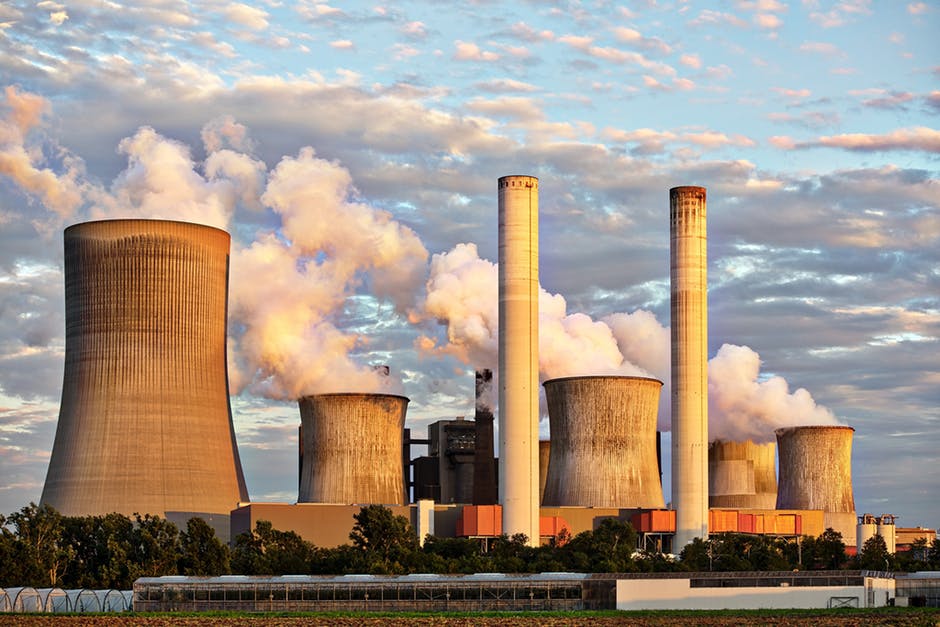CO2 into Gasoline, something we need?

Even as the world places it bets on science finding answers to some of our biggest challenges, thanks to a very good record so far, when it comes to combating climate change, the solutions can’t come fast enough. However, the risk with some of these is that in the hope of being close to a ‘solution’, urgent, immediate changes that are needed might get deferred. Thus, it is important to take any breakthrough with a pinch of salt if only to check for how quickly it can make an impact. That’s where the next innovation in the pipeline falls, we believe.
A team of scientists from Canadian clean energy company Carbon Engineering claim to have discovered a newer, more efficient and cheaper technique to extract Carbon Dioxide from the air and recycle it into gasoline, liquid diesel or jet fuel.
Scientists from Carbon Engineering which is partly owned by Bill Gates published their research for public viewing on the scientific journal ‘Joule’. The team worked in collaboration with researchers from Harvard, to design a technique in which by using just limestone, hydrogen and air they were able to remove carbon from the atmosphere.
According to the details mentioned in the research, the technique could be used to remove 1 metric ton of Carbon Dioxide from the atmosphere for as low as $94 (₹ 6356). For a price point that low, the researchers believe they’ve handed humanity another weapon in the fight against climate change. The scientists say, it cleans up the environment and produces eco-friendly liquid fuel at the same time.
“Carbon Engineering (CE) captures CO₂ directly from the atmosphere and synthesizes it into clean transportation fuels that are drop-in compatible with existing engines. Our proven technology can provide global-scale quantities of clean synthetic fuels, using inputs of only air, water, and renewable power,” said the company spokesperson.
“CE creates clean fuel out of the air,” he added.
They have developed an industrially scalable Direct Air Capture (DAC) technology which works in a closed loop where the only major inputs are water and clean electricity, and the output is a stream of pure, compressed CO₂. Individual DAC facilities can be built to capture one million tons of CO₂ per year each, which is equivalent to the annual emissions of 250,000 average cars.
This CO₂ can either be stored underground or converted into fuels using the company’s patented AIR TO FUELS technology. This process uses renewable electricity to generate hydrogen from water and then combines it with CO₂ captured from the atmosphere to produce hydrocarbon fuels such as diesel, gasoline, and Jet-A. These fuels are cleaner burning than fossil fuels, can be carbon neutral on a life-cycle basis. In the process, the company plans on producing global scale quantities of clean fuels that are compatible with the present transportation infrastructure and engines but add little or no fossil carbon emissions to the atmosphere.
David Keith, Harvard Professor and founder of Carbon Engineering said in a statement, “Until now, research suggested it would cost $600 per ton to remove CO2 from the atmosphere using DAC technology, making it too expensive to be a feasible solution to removing legacy carbon at scale, we now have the data and engineering to prove that DAC can achieve costs below $100 per ton.”
The technique has been removing CO2 from the atmosphere since 2015 from a small pilot plant in Squamish, British Columbia. Carbon Engineering is seeking funding to build an industrial-scale version of the plant, the company expects can be completed by 2021.
But on the flip side of the coin, some would believe that the final product still remains a carbon product. Which even though would work in a closed life cycle from emission to capture and back to emission and so on, but still set as back to square one in the time and need of cleaner, renewable and alternative fuels.
copyright:iamrenew.com




